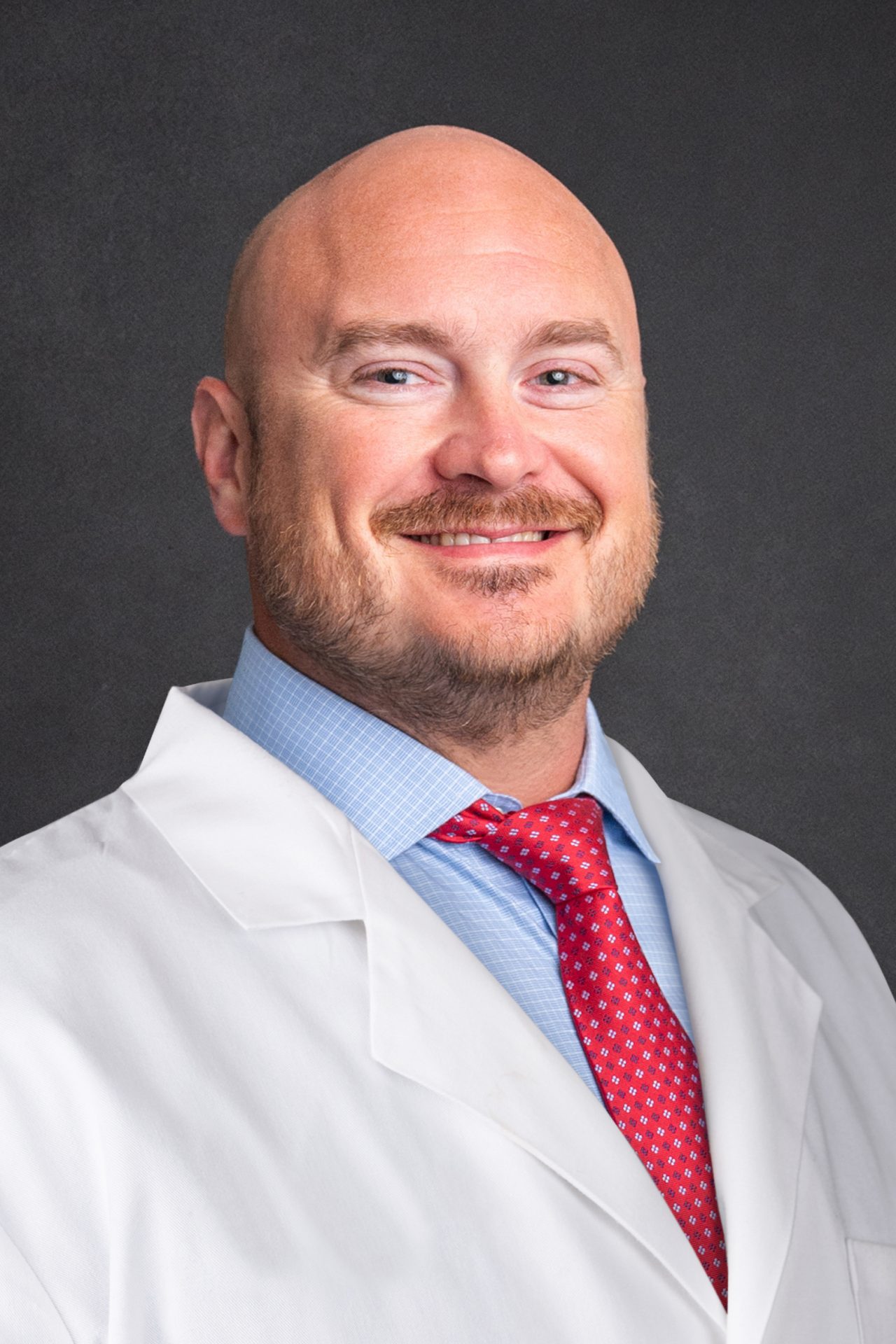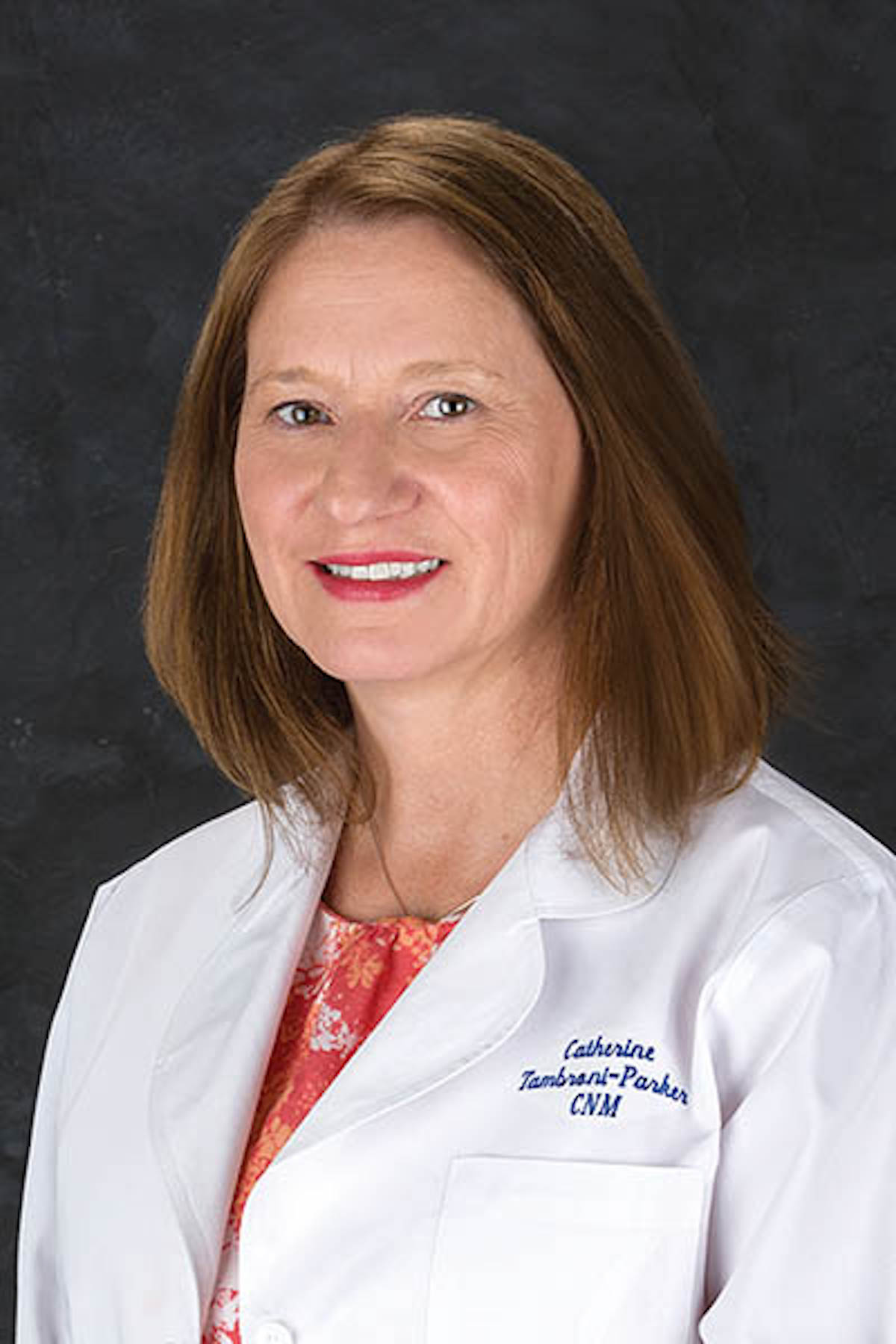By Laura Kaponer
An in-patient mental health stay placed the first stone on the path that would forever change Maria Beth Smith’s recovery journey.
Smith first became familiar with NAMI (National Alliance on Mental Illness) during that stay. She learned the presence of NAMI within a community created opportunities for advocacy, support and education through the programs they offered. This eventually led to her role as NAMI SC Regional Program Coordinator for Ending the Silence.
NAMI Ending the Silence originated in Illinois to create real-life perspectives on mental illnesses to high school students. The once-local program was then offered to NAMI National.
The demand led Ending the Silence to spread to NAMI affiliates throughout the country. At this time there are three presentation versions available: Ending the Silence for Students, Ending the Silence for Families and Ending the Silence for School Staff.
Smith describes Ending the Silence as an interactive and innovative program that starts with the community requesting it. The program is available to any group such as churches, schools, work places, or local organizations. The more people know, the more they can better help support those around them with mental illnesses.
The presentation is led by a two-person team. The youth presenter, an individual under the age of 31, shares their own mental-health challenges in an effort to open a discussion among the audience. This is a safe atmosphere to ask questions someone may have not even known they could ask. The lead presenter facilitates a PowerPoint presentation with facts and embedded videos.
For those questioning why such a program is even necessary, please consider these statistics provided by NIMH (The National Institute of Mental Health):
– 20 percent of all youth, ages 13-18, experience mental illness each year;
– ½ of these people never receive treatment;
– and ½ of all lifelong mental health conditions begin by age 14, and ¾ begin by age 24.
“In many communities, (mental health) has been a taboo subject because the origins of these conditions have been misunderstood,” Smith explains. “Ending the Silence emphasizes that mental health conditions are medical conditions just like other physical medical conditions.”
This program educates the audience on how to recognize the signs and the symptoms of mental health disorders, statisics on mental health disorders in youth, ways to reduce stigma, recovery and coping strategies, suicide awareness and prevention, and how to get help for yourself or a friend.
Resources are provided to all participants. Additionally, at the end of the program, anonymous evaluations are given out to improve the program, as well as provide important data to the University of South Carolina.
The most important resource to any NAMI program are the volunteers. Smith strongly encourages people to reach out to NAMI SC to help improve the impact Ending the Silence can have within the community.
Laura Kaponer is a mental health advocate and blogger, as well as a volunteer with the local chapter of NAMI. You can find her on social media by searching #Laurakaponeris1in5.








